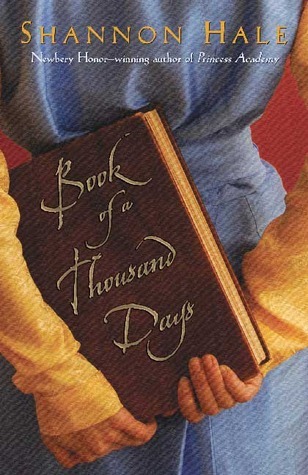Module 8: Down the Rabbit Hole
Book Summary:
Ingrid Levin-Hill has The
Complete Works of Sherlock Holmes by her bed and enjoys reading all about the
mysteries solved by her favorite detective but she never intended to get mixed
in her small town's confounding murder mystery. By chance, her soccer cleats
end up in the apartment of the murdered woman and getting them back with giving
the police the wrong idea is hard enough, but she is trying to keep up with
soccer practice, her starring role in the community play as Alice, and her
parent's expectations too. Everything in her town seems to be as topsy-turvy as
Alice's Adventures in Wonderland and when strange things start happening, Ingrid
is determined to put things right in her town, clear her name, and stay one
step ahead of a murderer. This proves more difficult than expected and Ingrid ends up in some rather dangerous situations, but just manages to keep herself and solve the mystery too!
APA Reference of Book:
Abrahams, P.
(2005). Down the rabbit hole: An Echo
Falls mystery. New York, NY: HarperCollins Children's Books.
Impressions:
This book is a lot of fun to read, mostly because of the
main character. Ingrid, 13 years old, is a character that most tweens are going
to be able to relate to because not only is this a mystery novel, but there is
a pretty heavy dose of realistic fiction mixed in. Ingrid has problems with her
parents, she is trying to balance school as well as her extracurricular
activities, and she is trying to solve a mystery and clear her name on top of
it all. Ingrid is not perfect: she makes mistakes, she struggles in school, and
she hurts her friends' feelings and has to apologize, among other things.
However, these things are what kids can relate to, because they have felt the
same way and knowing that they are not the only one is one reason they read, to
find these friends and allies, even if they are fictional.
What I really enjoyed in this novel was the mixture of
different popular culture references. Not only does the main character idolize
and reference Sherlock Holmes, quoting from his different cases, but she also
lands the main role of Alice in the community play and Ingrid's town of Echo
Falls begins to resemble Wonderland as things become strange and unknown to
her. Novels like this that mix in multiple popular culture references and have
a relatable main character are very attractive to readers because there are so
many things they relate to and picking two of the most popular characters
around right now is a very smart move. There are multiple adaptations and
spin-offs in all media forms for both Alice
in Wonderland and Sherlock Holmes. It's fun for readers to see the new
variations each author brings to their own re-imagining.
Professional Review:
KIRKUS REVIEW
Impatient with mother for being late for her ride to soccer,
Ingrid Levin-Hill, eighth-grade Sherlock Holmes fan and amateur actress, makes
an impulsive decision to walk, inadvertently becoming a witness in the murder
case of Cracked-up Katie, the weird lady in the rundown house on the wrong side
of town. Ingrid is afraid to come forward with her first-hand knowledge,
fearing her parents’ reprimand for leaving the neighborhood. Landing the lead
role as Alice in the town’s playhouse production of “Alice in Wonderland,” she
becomes more curious about the playhouse’s past performers and a possible
connection to Katie’s youth. As the police investigation gets further away from
the truth and the wrong suspects are arrested, Ingrid takes increasingly daring
risks to solve the case herself and eliminate the evidence she left behind indicating
her own suspicious involvement. Abrahams has crafted a suspenseful page-turning
drama complete with misleading clues and gutsy midnight escapades that make for
thrilling intrigue right up to the culminating drowning-in-the-river scene.
Ingrid’s plucky, if not foolhardy, behavior will have readers both rooting and
worrying for her simultaneously as she continues, like Alice, to fall deeper
and deeper into the mystery’s unfolding. Harrowingly absorbing. (Fiction. YA)
Down
the Rabbit Hole. (2010). [Review of the book Down the rabbit hole by P. Abrahams]. Kirkus Reviews. Retrieved from: http://www.kirkusreviews.com
Library Uses:
Add to a suggested reading list for young adults interested
in Sherlock Holmes spin-offs.

